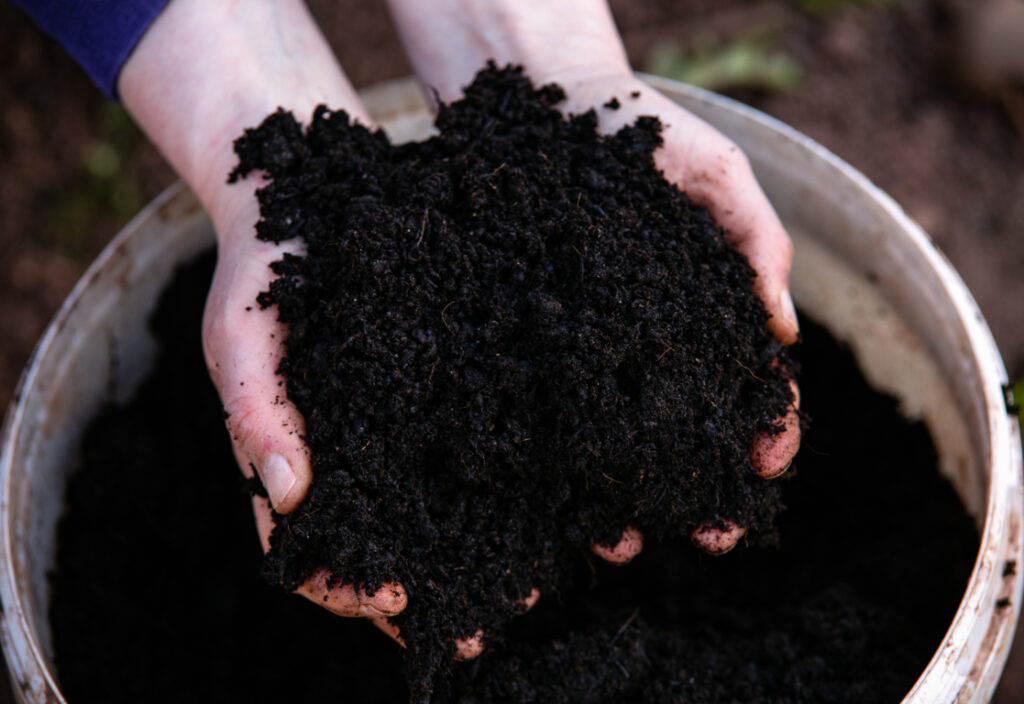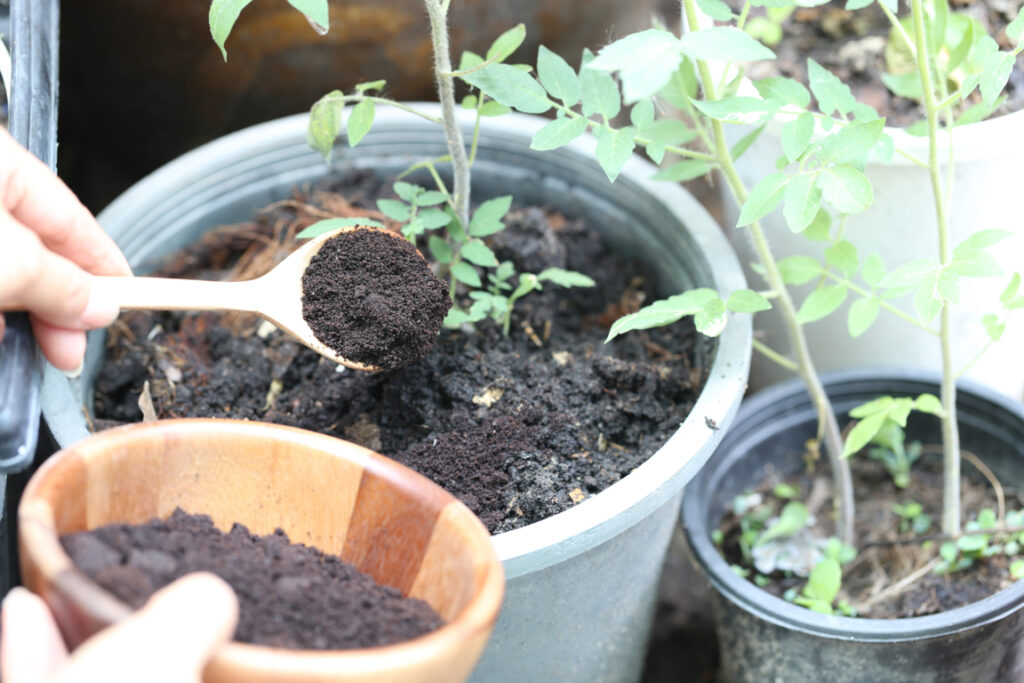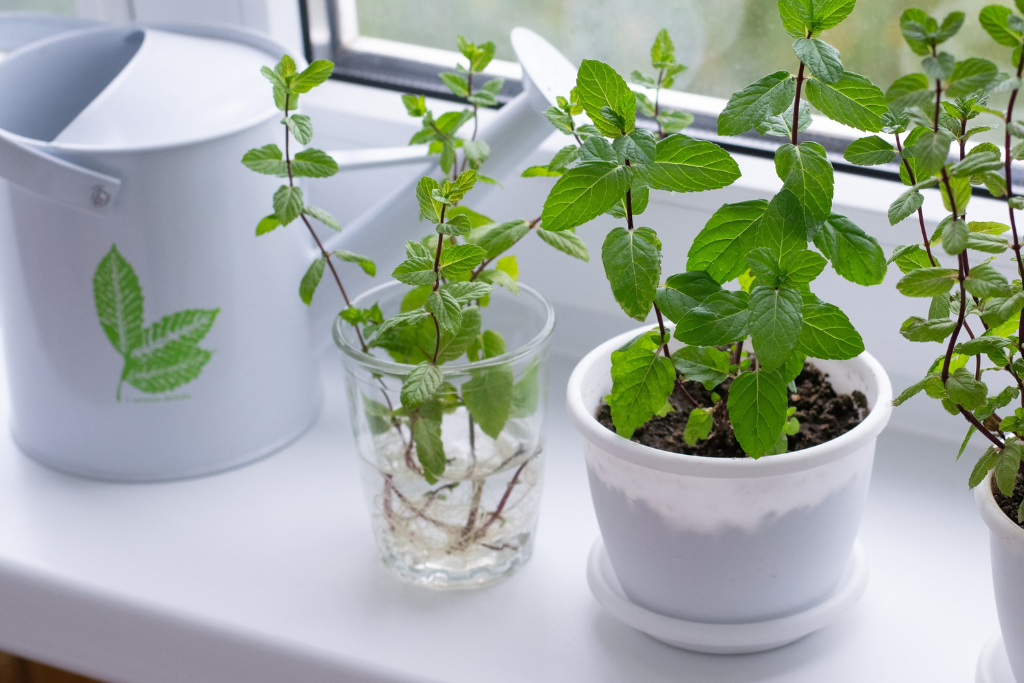Mulch or compost, which will be better for your soil? What is the difference between mulch, compost, and bark? Are they all the same? Or, are they very different with each having its own benefits for the garden?
Confusing, isn’t it?

Gardeners are always on a constant quest to improvise soil health. Two such regular practices are mulching and composting. Both practices relate to soil health, yet, the similarities in their benefits can fade the differences and they can get misinterpreted.
Simply put, mulch, compost, and bark are not the same things. Mulch is a top substrate that protects the soil, whereas compost is an amendment to the existing soil. Bark, in some instances, can be used like mulch.
This article will elaborate on the differences between mulch, compost, and bark, their benefits, and their usage. Read on to learn more!
What is the difference between mulch, compost, and bark? – An overview.
Adding a layer of substrate to your existing soil is always beneficial. You can protect your soil and regulate its health depending on your requirements. Good soil conditions can aid in better plant propagation and growth.
Here is a table that outlines the primary differences between the three materials.
| Category | Compost | Mulch | Bark |
| Description | A decomposed, nutrient-dense organic component | An organic or inorganic substrate layer | A type of organic mulch made from tree barks cut into fine, medium, and large |
| Location | Mixed with the soil and used as a homogenous mixture | Used as a top layer over the existing soil | Used on the top layer over the existing soil |
| Benefits | – Add nutrients to the soil – Improves soil structure – Retains water – Reduces landfill waste | – Prevents soil erosion – Blocks weed growth – Locks in soil moisture – Regulates soil temperature | – Lasts longers than other mulches – Inexpensive – Great for sloppy terrains |
| Types | Aerobic, anaerobic, and vermicompost | Organic and inorganic | Shredded bark, pine bark, aged bark, hemlock bark, and cedar bark |
Unlike compost that combines with the existing soil, mulches do not merge with the soil but stay isolated as a dense layer on top.
What is compost?

Compost can be bought or homemade. Home-made compost can consist of fruit and vegetable scraps and peelings, fallen leaves, grass cuttings, and other such organic green and brown waste. These materials decompose and create nutrient-dense compost that plants can easily absorb. When decomposed and mixed with soil or used as a medium for planting, compost provides essential nutrients and enhances plant growth. Compost is often mixed with existing soil and becomes a homogeneous component.
It takes time to compost, anywhere between methods that take two weeks and more natural processes that can take two years. Adding components high in nitrogen and carbon can speed up decay and decomposition.
What are its benefits?
Compost is so versatile and it aids the plant in many ways. As an organic substrate, it’s cheap and eco-friendly. Some of the benefits of compost are as follows.
- Enhances soil quality
- Improves soil structure
- Adds more nutrients for plants
- Keeps the plant healthy and free from diseases
- Retains more water and reduces watering frequency
- Reduces the use of artificial fertilizers.
- Reduces landfill waste.
What are its types?
Depending on the types of materials used to compile the compost, the types and varieties of compost vary. On a broader scale, there 3 main types of compost.
- Aerobic
- Anaerobic
- Vermicompost
Aerobic compost uses oxygen, while anaerobic compost happens without oxygen. Vermicompost employs added worms to break down organic components faster.
How to apply compost?

Applying compost as a soil amendment can increase its health and fertility. You can either use the compost as a top layer on your plant bed or if you’re making your pot mix, consider mixing the soil with compost in a 1:1 ratio.
Some experts prefer layering compost as a mulch on top of the soil bed and letting worms and fungi decompose it into the soil. Layering avoids damaging the existing microbiome inside the soil. An advisable depth would be three inches of compost over the top soil.
Consider the following if you are mixing the compost with your soil.
- Check if the compost is completely rotted and ready to mix
- Check for any weed seeds and remove them completely
- Hydrate your soil mix before planting seeds or seedlings.
What is mulch?

Mulch refers to a thick layer of a substrate over the soil. Depending on the use it can be aesthetical or functional. It is a physical layer that protects the soil from the exterior environment. Mulch can be useful to prevent the soil from depleting over the years.
What are its benefits?
As we said earlier, the primary goal of mulch is to maintain soil health, yet, its benefits are much more vast and effective.
Some benefits include:
– Nourishing the soil
– Retaining soil moisture
– Regulating soil temperature
– Controlling weed growth
– Preventing soil erosion.
What are its types?
There are two main types of mulch:
- Organic and
- Inorganic
Organic mulches consist of natural components that decompose over time to add more nutrients to the soil. They protect the top layer but don’t always completely block weed growth. Organic mulch can be shredded leaves, bark, wood shavings, hay, rice husks, etc.
Inorganic mulches are synthetic components and do not decompose. They are stronger than organic mulches, provide more dense soil protection, and block weed growth. Inorganic mulch can include plastic sheets, gravel, and stones.
How to apply mulch?

You can apply mulch all year round. However, the mid-spring season is an ideal phase to lay your mulches. Avoid mulching during winter or early spring as the soil can retain the cold season temperature.
How is bark different from other mulch?
Bark mulch is small pieces of tree bark. Bark mulches are aesthetically pleasing and heavy on the ground. Thus transferring or digging the soil can be exhausting.
Bark mulch’s large size compared to other mulches or soil components holds the substrate intact and it doesn’t get blown away easily. It can lock in soil moisture, prevent weed growth, and regulate soil temperature. Bark mulch can be aesthetically pleasing when used under an array of flowering plants or shrubs.
Which is best for your garden?
Your garden goals decide your choices. Compost can be your ideal choice if your superior goal is to improve soil quality, structure, and plant growth. But, if you primarily aim to retain moisture in the soil, block weed growth and prevent soil erosion, mulch will be your go-to option.



